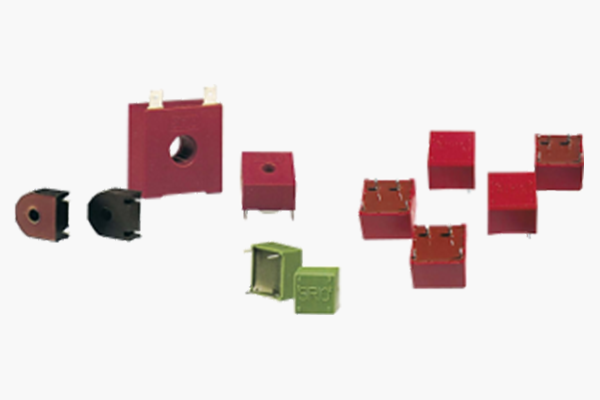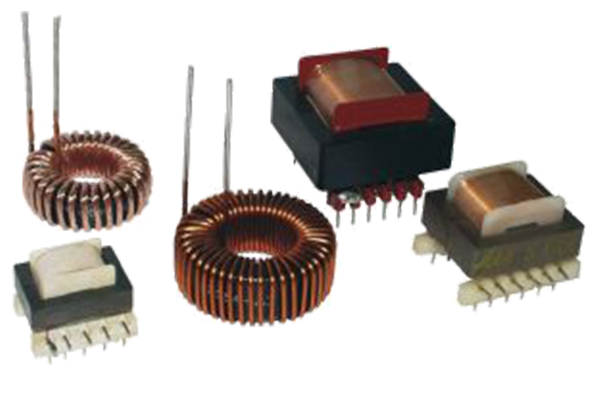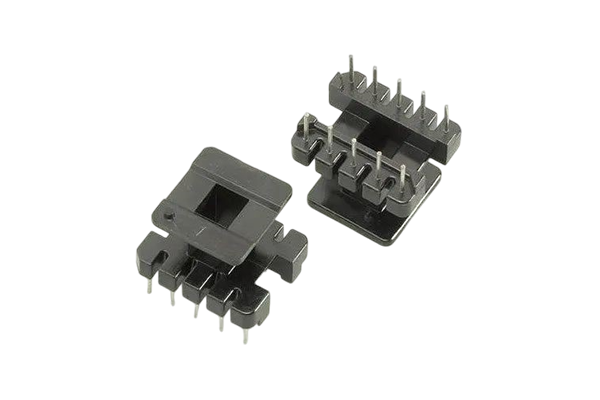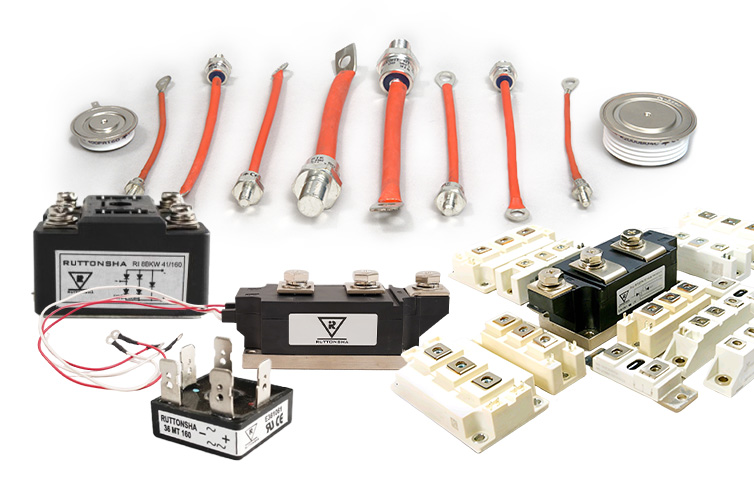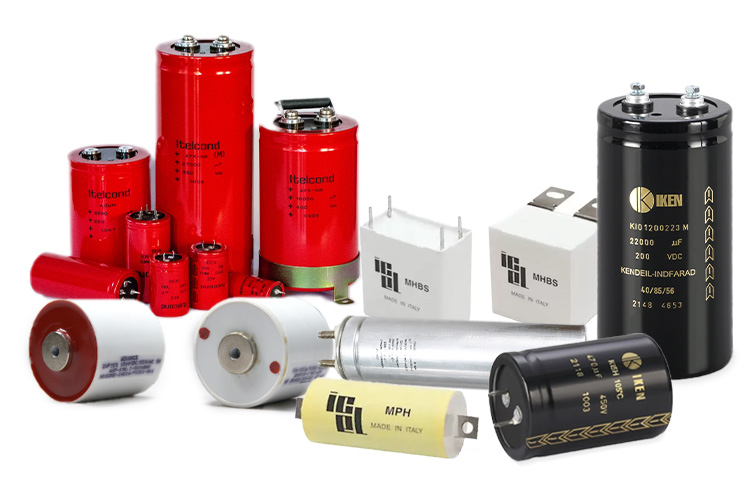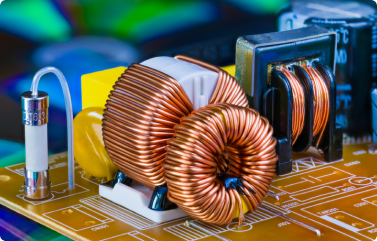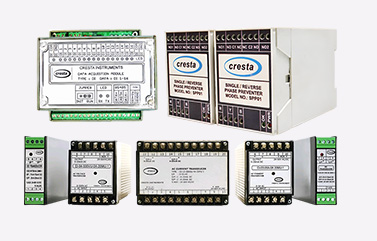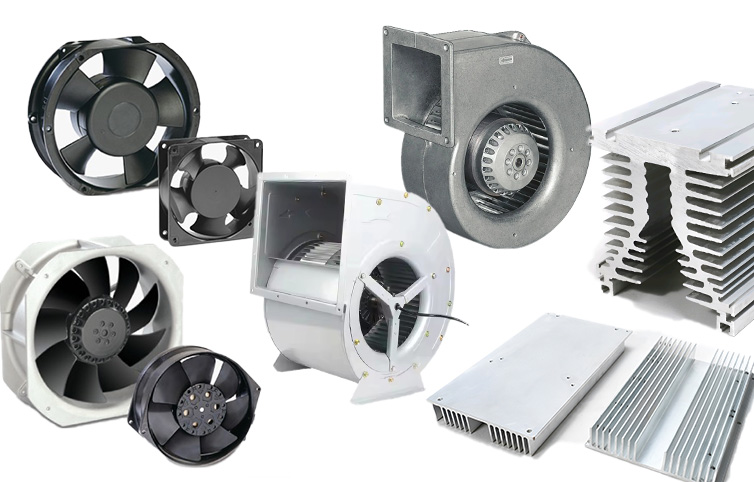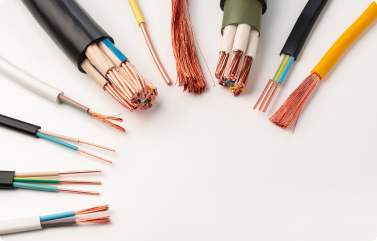Custom Solutions:
Given the diverse needs of various applications, standard CTs may not always
meet specific requirements. Our company specializes in developing customized
current transformers that align perfectly with client specifications. This
involves tailoring aspects such as core material, winding configuration, and
housing design to achieve the desired performance characteristics.
Automation and Quality
Assurance: The production of high-quality CTs requires advanced
automation and rigorous quality control. From the winding process to final
assembly and testing, each step is meticulously monitored to ensure consistency
and reliability. Vacuum casting and automated inspection processes further
enhance the durability and performance of our transformers.
Innovation and
Technology: Our commitment to continuous improvement drives our
innovation in CT technology. By integrating cutting-edge materials and
manufacturing techniques, we ensure that our transformers meet the highest
standards of efficiency and accuracy. Our technical staff's expertise and
dedication play a crucial role in pushing the technological boundaries of our
products.
Current transformers are indispensable components in modern electrical
systems, offering precise current measurement, isolation, and safety. With
various types available, including mains frequency, measurement-specific, and
high-frequency CTs, it is crucial to select the appropriate transformer for each
application. Our advanced development and production capabilities ensure that we
provide high-quality, customized solutions that meet the specific needs of our
clients.
For more information or to make an enquiry, contact us today. We are here to
help you find the ideal current transformer for your needs, ensuring exceptional
performance and reliability. Optimize your electrical systems with our
cutting-edge solutions.
